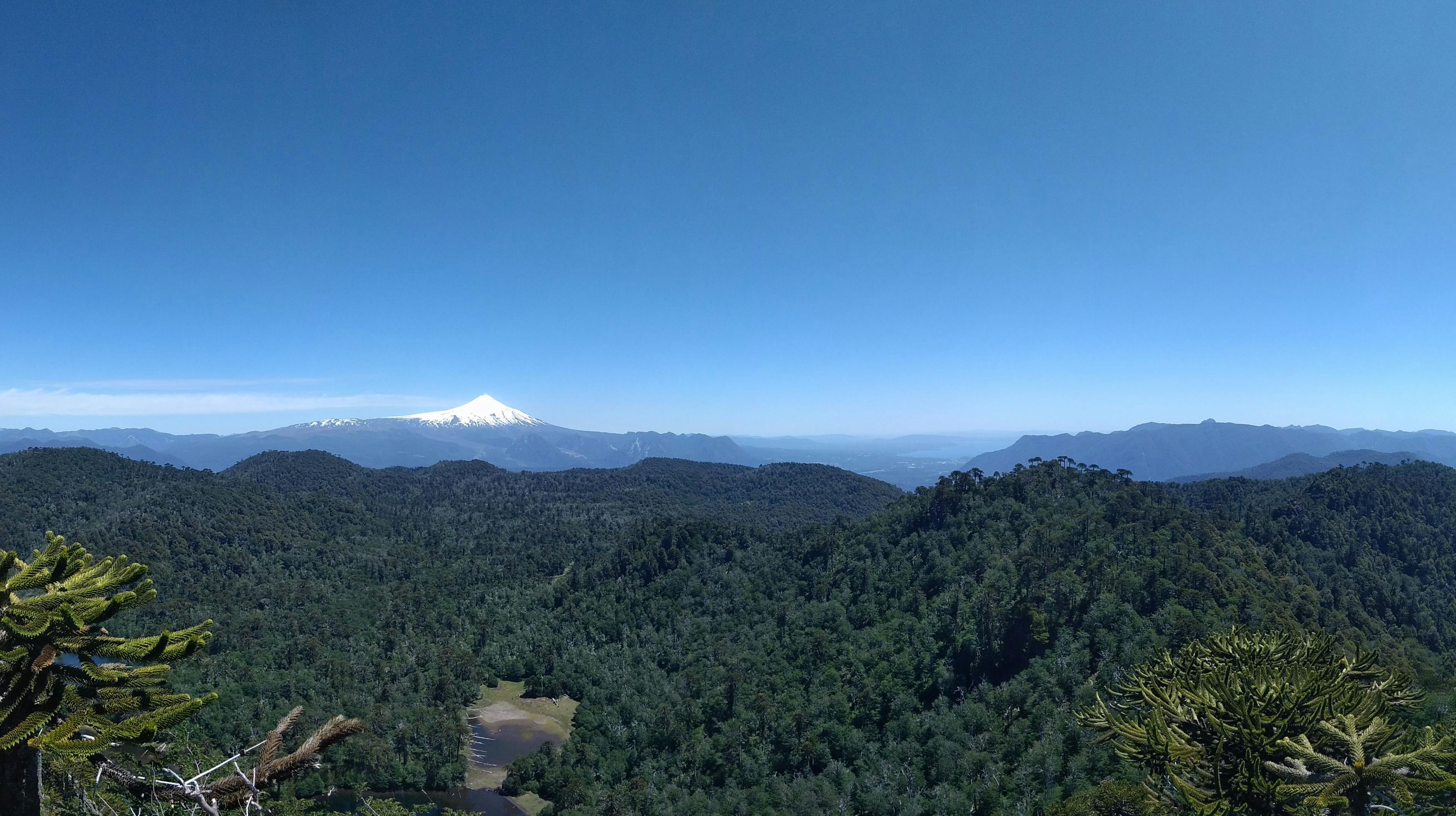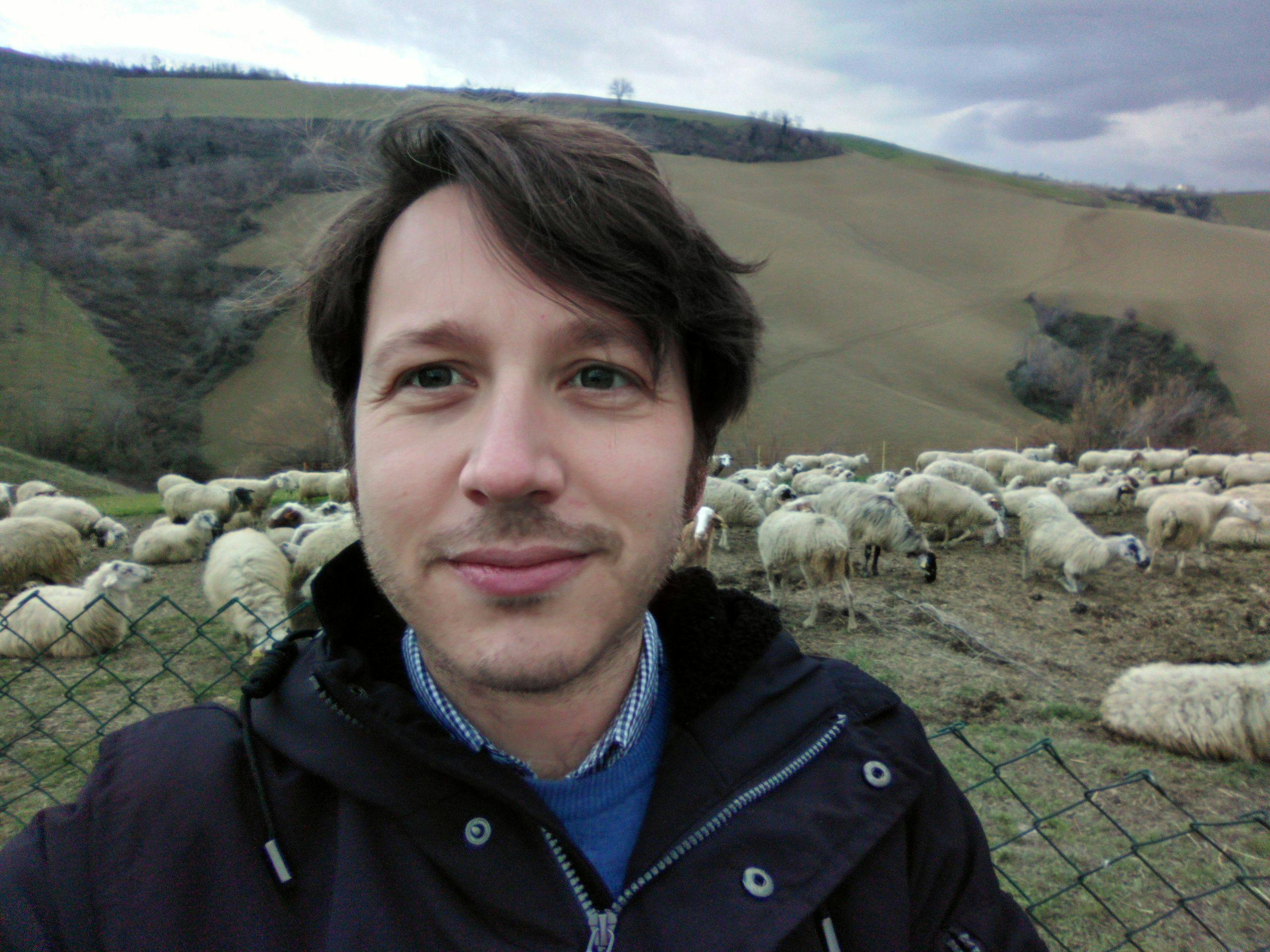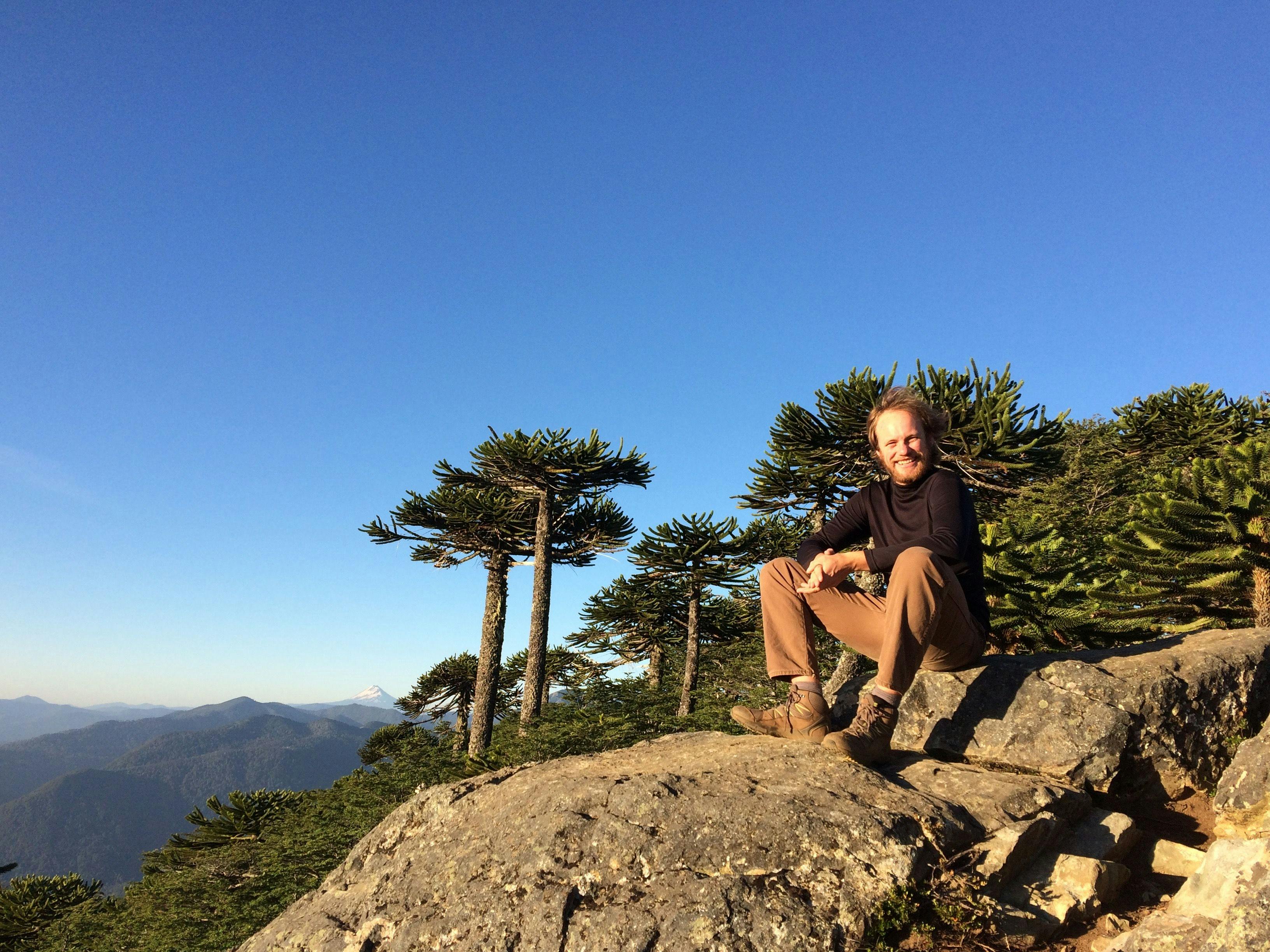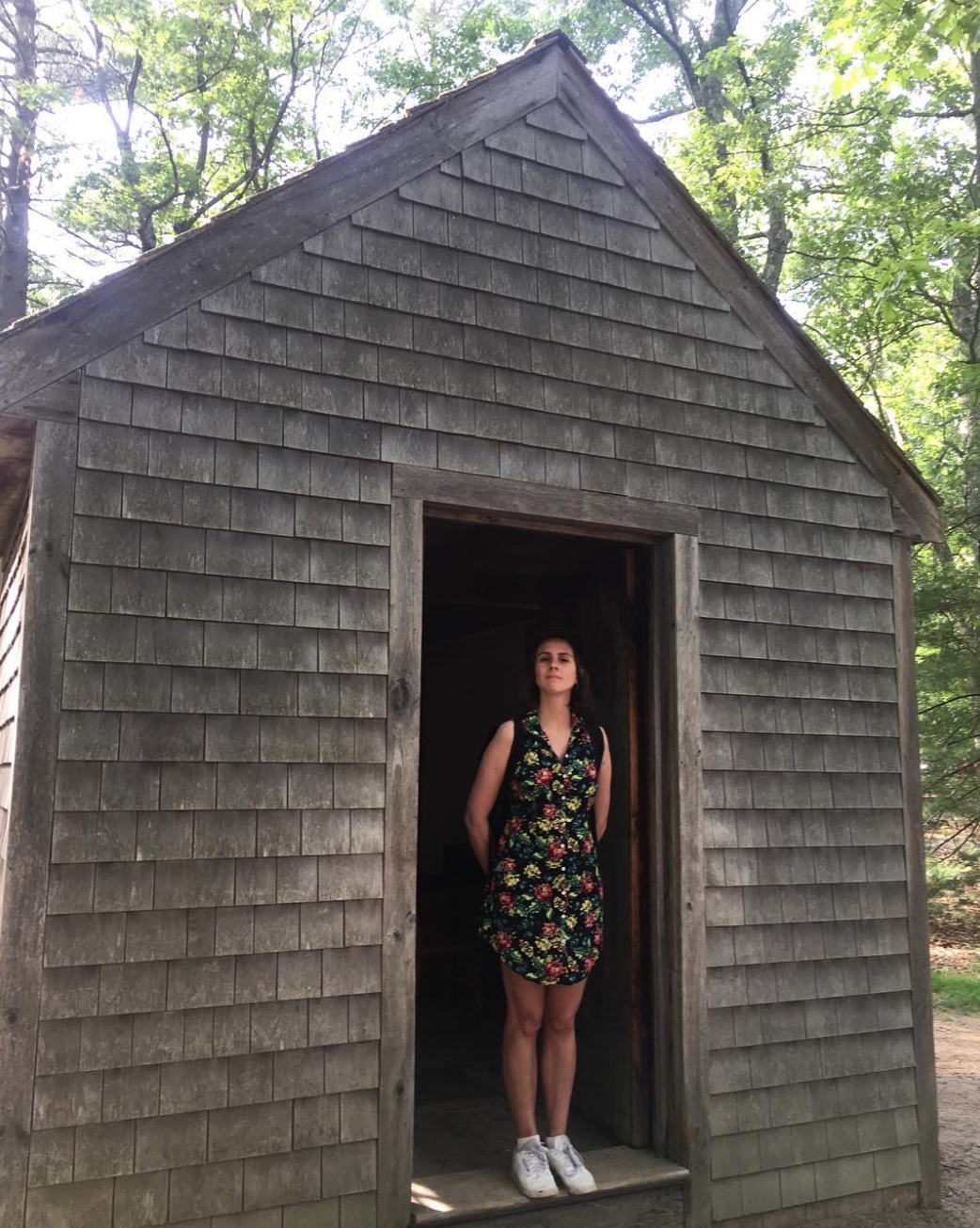Cañi is one particular place, a densely forested mountain in the southern Chilean Andes. Yet it encompasses many places at once, and is charged with affective meanings and imbued with different histories by the groups of people who have made and continue to make this mountain what it is. Far from being mere wilderness removed from social life, Cañi reveals itself through many stories: the wound of settler colonialism and the displacement of indigenous Mapuche people from the valleys to more remote areas; the cultivation of emotional connection with a place encountered in the efforts to protect the endangered southern temperate forest; the curiosity of scientists looking for questions about the interconnectedness of forest environments; the struggle of small landholders who came to this land as settlers (colonos) and continue to struggle against the precariousness of agricultural life; and the stories of anthropologists following these stories and others as they are imbricated.
Our first encounter with Cañi was animated by one particular story, that of the environmental movement in Chile. Located outside the tourist hotspot of Pucon, Cañi Sanctuary (Santuario el Cañi) was the first non-profit conservation project in Chile. Its beginning in the 1990s coincided with Chile's return to democratic rule after 17 years of Augusto Pinochet's dictatorship. With the promise of democratization, grassroots organizations could come into the light and made their demands visible. Although the environmental movement in Chile began in the first half of the 20 th century with the early public park projects, this new wave of environmentalism was inspired by ideals of community-based conservation. Cañi is known today as a remarkable case in Latin America. A few years after its foundation, the sanctuary was transitioned to the administration of local residents, who continue to work in the park as eco-guides today. Clearly, as the experiences of other conservation projects have taught us (see West et al. 2006), tensions with neighbors are common, especially regarding prohibitions of forest grazing, a common practice in southern Chile (see Di Giminiani and Fonck 2018).
In following the stories of the many people who live and work around this mountain, we have faced a question central to many contemporary debates in anthropology. The question goes something along these lines: are we studying one world with multiple cultural meanings attached to it, or multiple worlds generated from multiple and unpredictable practices of world-making? The intricate and interconnected landscape of the forest environment as well as the overlaps between different groups interacting with this mountain suggest to us that acknowledging a multiplicity of worlds is a more appropriate way of framing the ecological and social life of this particular place. Following the insights of many before us (see Mol 2002, Strathern 1991), we believe that Cañi is more than one, yet less than many mountains. It is not many mountains, because the forest worlds it embeds are not isolated but connected and overlapping through life processes that involve humans and non-humans. This forest is the result of multiple more-than-human labors, or in Haraway's words, a sympoiesis, a literal "making with" (2016). These overlapping worlds are not without boundaries, as diverging ontological principles shared by different groups (see Holbraad and Pedersen 2017), such as environmental actors and settlers, direct different social groups in making sense of the unpredictable assemblages of agencies that characterize any forest. These multiple ways of framing the forest often have political consequences, as in the case of conflicts over natural resource access within conservation areas.
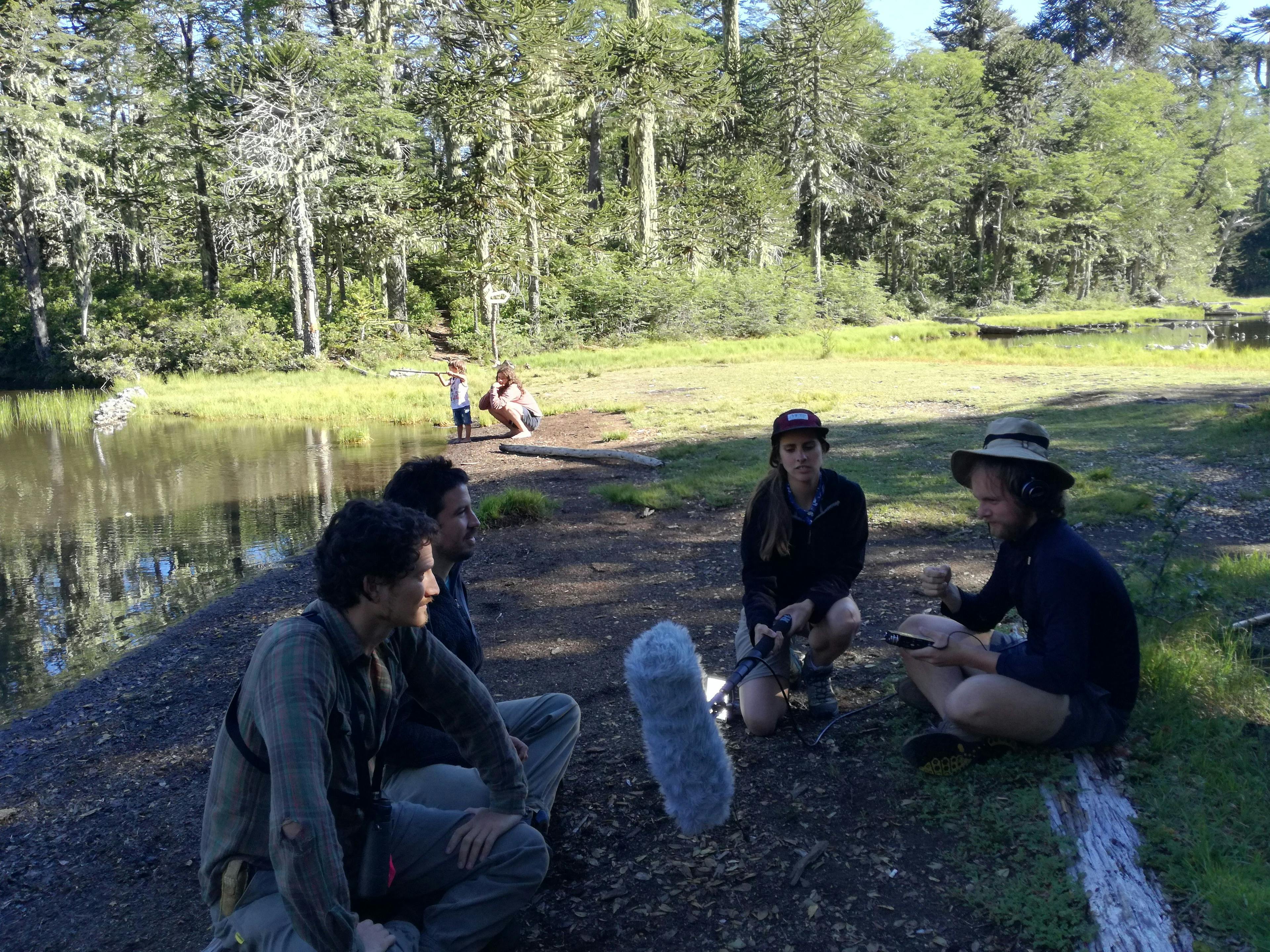
The documentary “Cañi” emerges from the very indeterminacy of forest life. Following stories, again, is how this short documentary came to life. “Cañi” begins with an image of a person in a poncho and a hat, walking through a snowy environment and surrounded by imposing Araucaria trees (Araucaria araucana). That person is Eladio, a farmer and a local guide, facing a dangerous mountain during the most dangerous time of the year. This photograph was taken by Rod, a British environmentalist who accompanied Eladio on the trip. The mysterious mist captured in the photo tells us a lot about environmentalist aesthetics, which can be powerful inasmuch as they can mobilize emotions of attachment to places like Cañi. In this case, this particular photograph proved so powerful that it was sold to the environmental journal Patagonia, and with that money the first refuge high in the mountain could be built. This was one of the beginnings of Cañi Sanctuary.
The unexpected appearance of this photograph in our research was an invitation to explore formats beyond academic publications, particularly more sensory ones that could allow us to express analytical questions and to communicate them to a wider audience of people, both those interested in conservation and those living their daily lives side by side with the Cañi Sanctuary. The documentary project mainly relied on volunteer hours by the people involved in the film. Albeit that we were armed with a script, the making of this documentary had to be improvisational, in particular in seeking the people who generously agreed to appear on camera. “Cañi” is not only about the multiple stories of a forest, but also about experiencing a forest world. Images across different seasons were captured by walking through the mountain, often without a clear plan for the types of images that were to appear in the documentary. Walking with audio-visual equipment allowed us to explore different ways of dwelling within the mountain, like those of people, animals, water, and trees. Walking allowed us to observe, listen and accompany the changes of this place, whether particular moments, like a cow reaching a lagoon to drink water, or broader impressions like changes across the seasons.
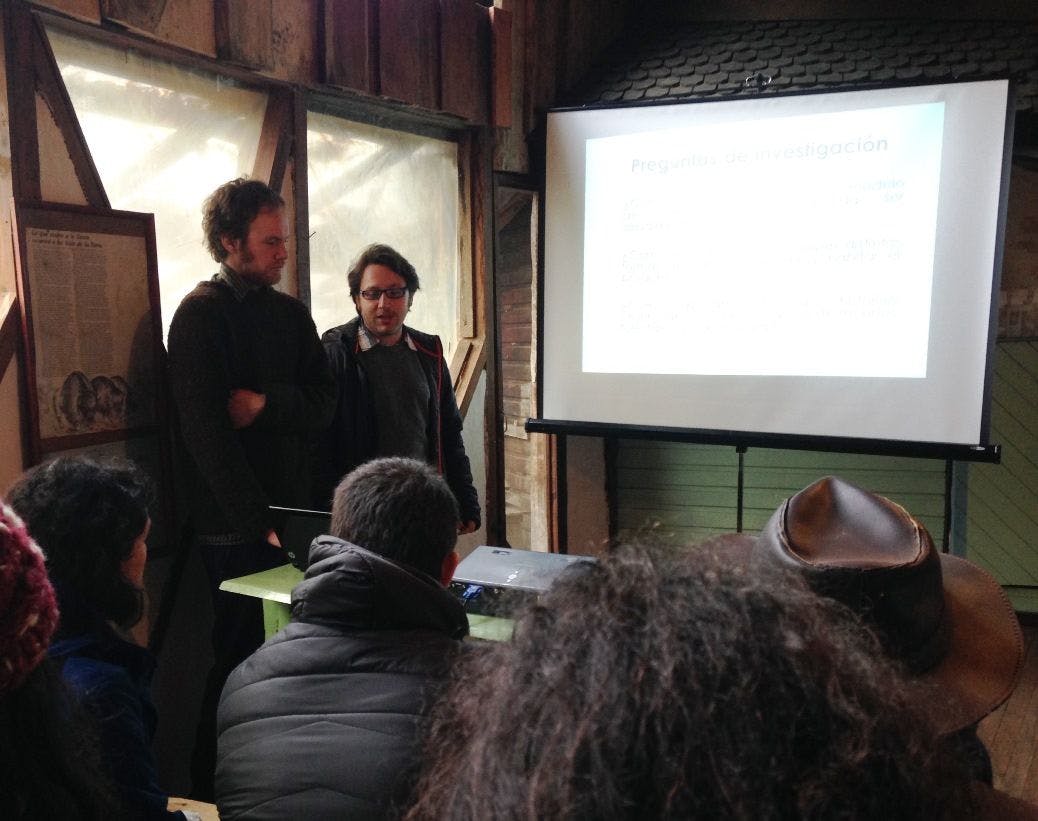
To get to know the different forms of dwelling that make Cañi what it is, we have returned to this particular forest on many occasions throughout the year, knowing that not only sight but also sound can tell us about the life process of a forest. Once the soundscape of this mountain was reproduced in the film, director Josefina Buschmann interwove it with the accounts of the people who appear in the documentary. Their stories, we believe, help the watchers to move beyond a mere depiction of the forest to realize that the forest is also made by different stories. All the people who appear in the documentary invite us to explore their particular ways of walking and feeling this forest. Cañi is an invitation to hear the mountain, as the ornithologist team showed us, but also to treat it with fear and respect, as doña Uberlinda warned us.
Cañi is a documentary directed by Josefina Buschmann, a MSc student in Comparative Media Studies at M.I.T., and co-written by Martin Fonck, a doctoral candidate at the Rachel Carson Center for Environment and Society (LMU). The film is based on a long research project on forest conservation in Chile led by Piergiorgio Di Giminiani, Associate professor of anthropology at the Universidad Catolica. We thank the Center for Indigenous and Intercultural Studies (http://www.ciir.cl/ciir.cl/) for funding trips to southern Chile and production costs. For more information on the Cañi sanctuary, please visit the park’s website: http://www.santuariocani.cl/. And of course, do not miss visiting if you are planning a trip to Chile.
References
- Di Giminiani, P. and Fonck, M., 2018. Emerging landscapes of private conservation: Enclosure and mediation in southern Chilean protected areas. Geoforum, 97: 305-314.
- Haraway, D. J. 2016. Staying with the trouble: Making kin in the Chthulucene. Durham: Duke University Press.
- Holbraad, M., and Pedersen, M. A. 2017. The Ontological Turn: An anthropological exposition. Cambridge: Cambridge University Press.
- Mol, A. 2002. The Body Multiple: Ontology in medical practice. Durham: Duke University Press.
- Strathern, M. 2005. Partial Connections. Rowman Altamira.
- West, P., Igoe, J., & Brockington, D. 2006. Parks and Peoples: The social impact of protected areas. Annu. Rev. Anthropol., 35: 251-277.
